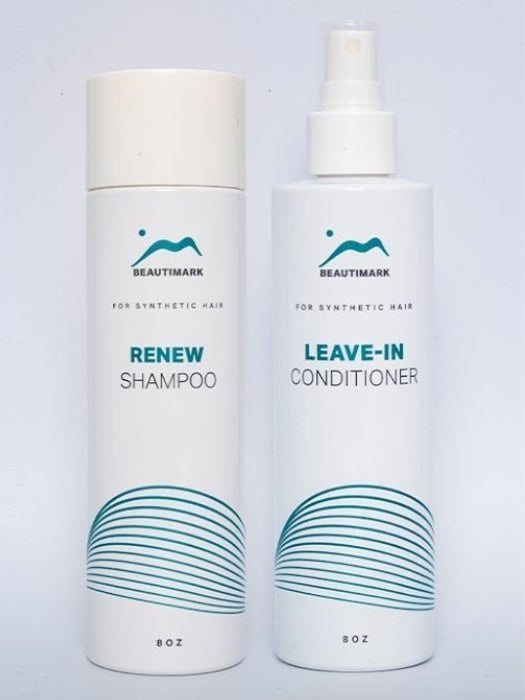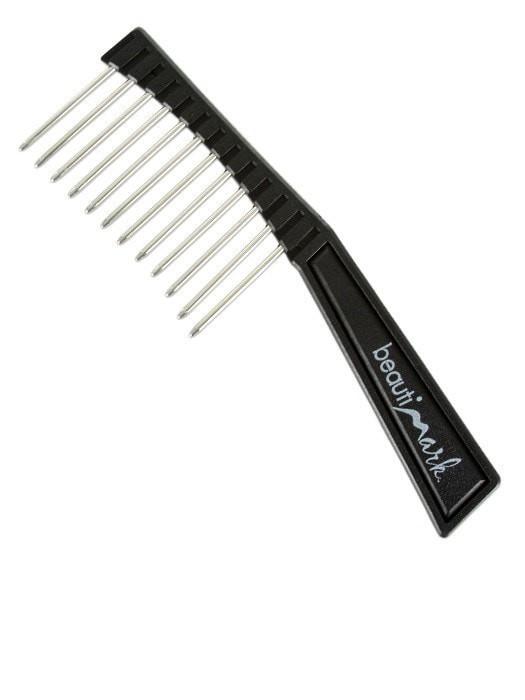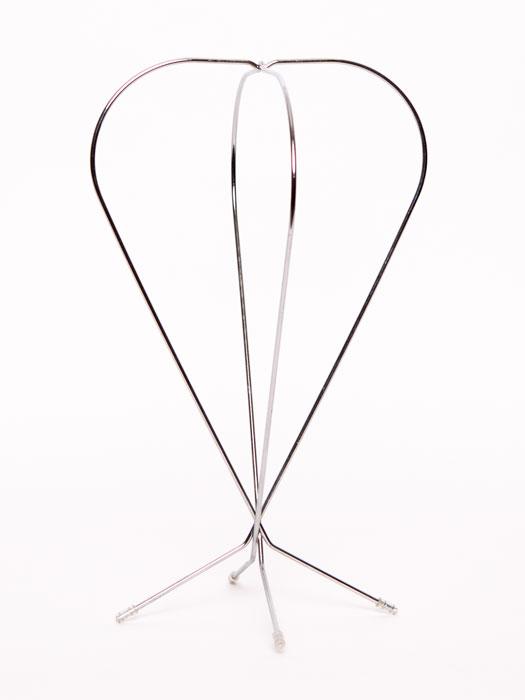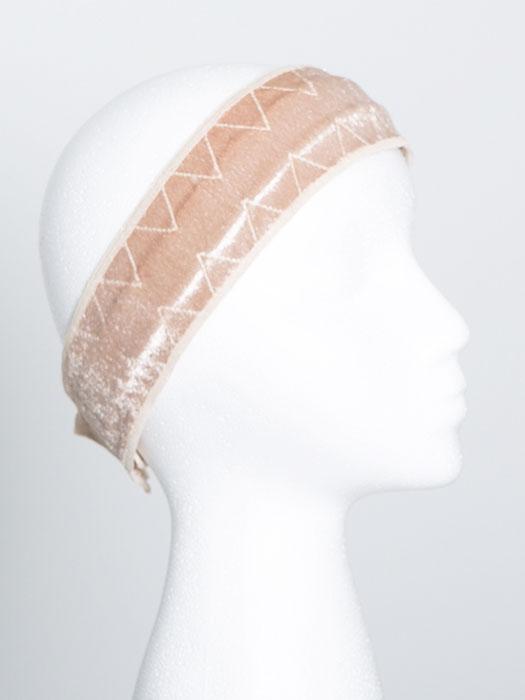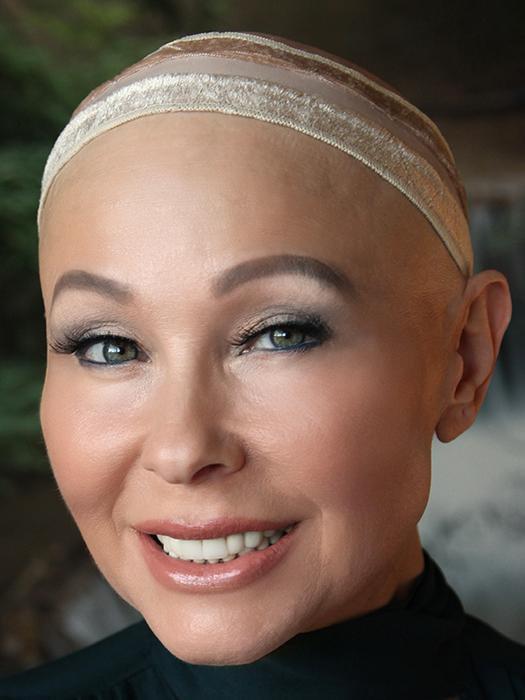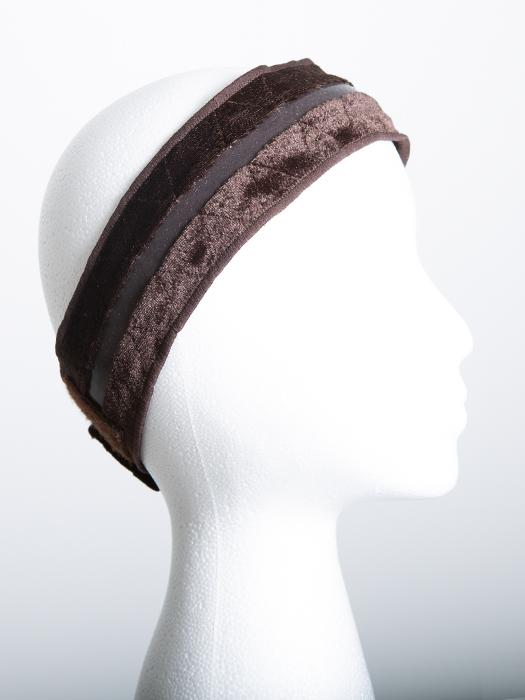Wigs Throughout History | 17th Century
The 17th Century was not known for being the most hygienic century, and many of the diseases that are easily curable with modern day medicine did not yet have remedies. Thomas Nashe, a 17th century author, documented what it was like during this time, as syphilis ravaged communities. Nashe states that periwigs were used during the 17th century to conceal the ugly side effects, such as balding and open sores, that accompanied diseases such as syphilis.

While periwigs were a great way to hide the signs of syphilis, there was another reason that periwigs became more common during the 17th century. Lice was a big concern for people living during these times. It was actually a common practice for people to shave their bio hair and replace it with a wig or hairpiece. Without hair on the scalp, lice are not able to survive!
Although wigs helped some people prevent lice, the perukes needed to often be properly cleaned or else they would end up with their own fair share of unwanted inhabitants. Wigs in the 17th Century were not only used for hygienic purposes, they were used to hide thinning and balding hair as well.

Much like the ancient Egyptians, early American wigmakers used real human hair to construct their finest wigs. For less expensive wigs, animal hair was used as a substitute. Throughout the 17th century, wig-making became a solidified job and the best wigmakers were highly respected for their crafting ability!
Do you like our Wig History Lessons? Let us know in the comment section below!
Please note*: Our wigs.com guest writers share their opinions and experiences and we appreciate them!
